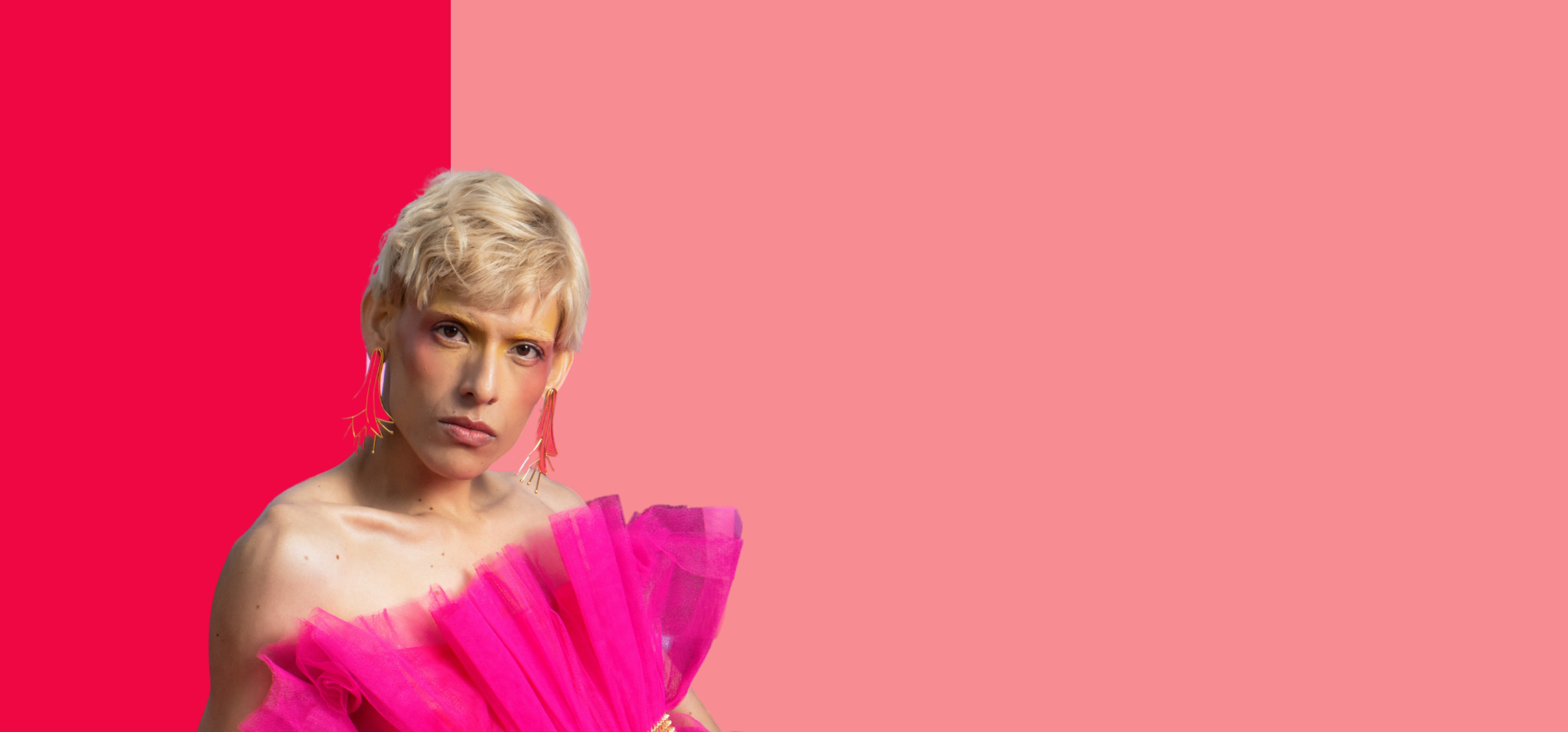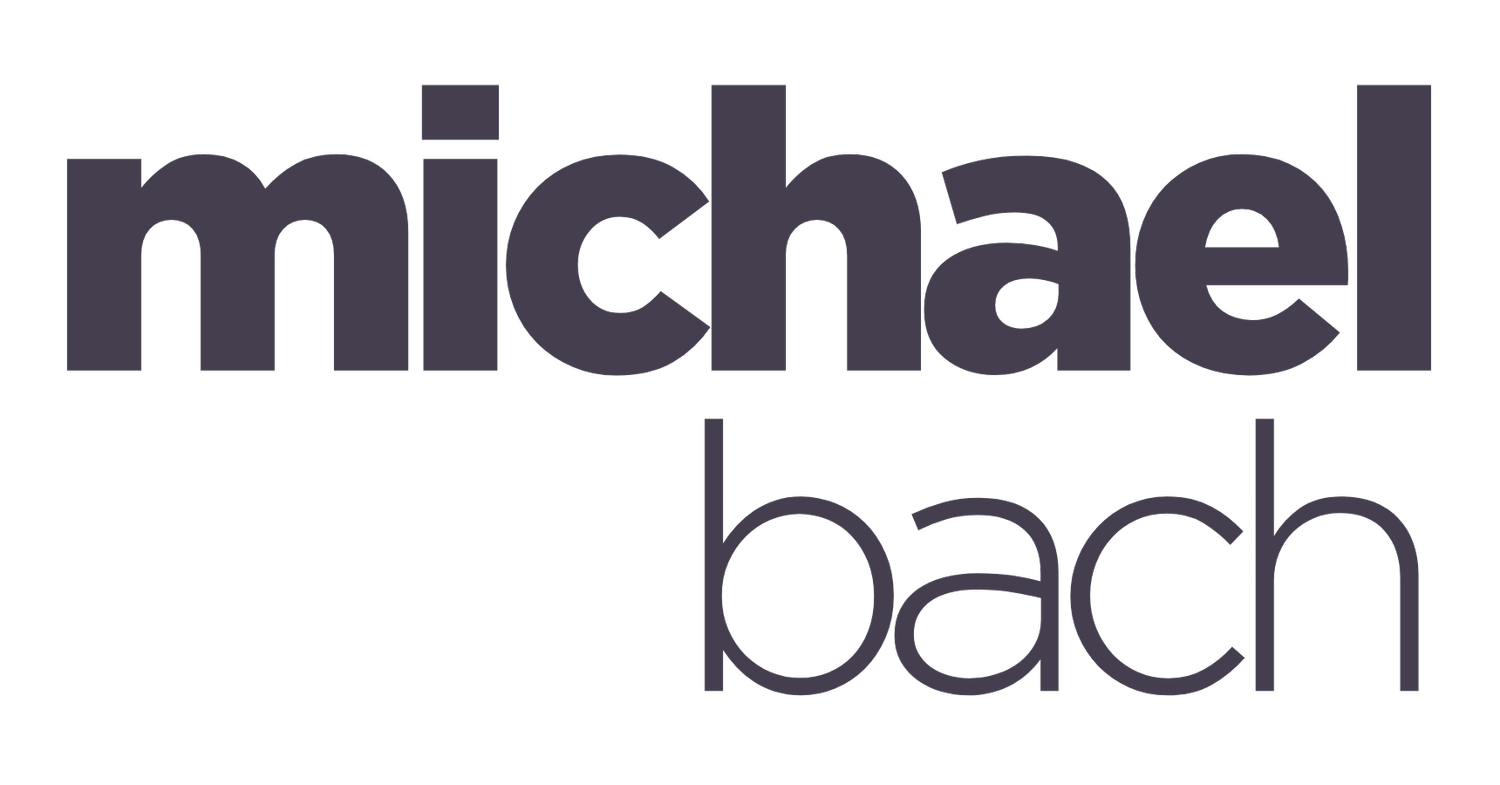
Read an excerpt from Alphabet Soup: The Essential Guide to LGBTQ2+ Inclusion at Work
An excerpt from Alphabet Soup: The Essential Guide to LGBTQ2+ Inclusion at Work.
Opening Thoughts
No one told me when I wrote my first book, Birds of All Feathers: Doing Diversity and Inclusion Right, that I was going to have to write a second book. Can’t I just be Internet famous now? I wrote a whole book by myself, and it even became a bestseller and won an award. Isn’t that enough? Sheesh.
In writing Birds, I wanted to establish a level set of information for people on the topic of diversity and inclusion (D&I) broadly. Let’s face it—it’s a capital-B Big topic with a lot of intricacies. In this book, I’m digging deeper into the specifics of one particular demographic group under the pan-diversity umbrella to provide more detailed knowledge. So, if you haven’t read Birds yet, you’re probably going to want to read that book too.
Alphabet Soup is all about sexual orientation and gender identity and expression; the magical, mysterious world of the LGBTQ2+ communities; and how people can do a better job of creating inclusive spaces for those of us that don’t fit into the box of “straight” and “cis.” And don’t worry if I’ve lost you already; I promise that by the time you’ve finished this book, you will understand those words and what “LGBTQ2+” means, if nothing else.
The first thing I need to explain is that the initialism LGBTQ2+ (or another set of similar letters—but more on that later) represents two different things: (1) sexual orientation and (2) gender identity and gender expression. That’s right. The letters in the initialism may represent either sexuality or gender—or both! I always feel like I should apologize for this because I think it’s probably quite confusing for people who aren’t members of the LGBTQ2+ communities. So, allow me to present you with an example to explain.
Meet my friend Jenn. Jenn was born Michael (and I’m not talking about myself; there is more than one Michael in the LGBTQ2+ communities). More specifically, at birth, the doctor assigned the sex “male” to Michael. (Doctor looked down, saw penis, exclaimed, “BOY!”) In the 1980s, Michael realized he wasn’t like the other boys, and for him, at that moment, that meant he was gay (this was his sexual orientation). Then, in the 1990s, Michael realized that he was not gay, he was… a she. So, Michael transitioned to her true self, as Jenn (this is her gender identity and her gender expression). She also realized that she liked girls, so she came out as a lesbian (back to her sexual orientation). Further along Jenn’s journey, she realized that her sexuality was fluid, and she now identifies as queer (or, as she likes to joke, she’s too old to get picky). 🤯
Sorry for blowing your mind so early in the book, but thank goodness there are emojis to explain your feelings. Remember when we just had to use words? #progress
Sexuality and gender are not the same thing, but they are interrelated… sometimes. You’ll find a lot of myth-busting throughout this book. That’s one of the main purposes of the book: to educate. A big barrier to creating fully inclusive spaces is plain old ignorance. There are a lot of straight, cisgender people that have the best of intentions, but we all know what the road to hell was paved with. You don’t know what you don’t know, and the only way you can learn is by reading my books. And only my books! (Okay, maybe some other books, but mine first.)
Wait… why do I keep saying “communities,” instead of LGBTQ2+ “community”? Oh, sweetie. #adorable. Simply put, there isn’t just one LGBTQ2+ community. There are many LGBTQ2+ communities. If we consider only the community of “sexual diversity” and the community of “gender diversity,” we have two communities. Digging deeper and applying an intersectional lens (where we look at how individual characteristics overlap and influence identity as well as discrimination and privilege—which I talked about in Birds of All Feathers—which you’ve read, right?), we end up with communities within communities. We’re like those adorable matryoshka dolls, aka Russian nesting dolls, for those that don’t be Russian (said with a cheesy Boris and Natasha accent). The LGBTQ2+ community is made up of many communities that come together under one umbrella. Sadly, it’s not all lollipops and unicorns, and there are some significant tensions and conflicts within the big rainbow world. Although I’m a gay man, I’m a white cisgender man too. My life is very different from that of a Trans* person, or a person of color. And a Trans* person of color… well, let’s just say that it is not a picnic. I’m not saying there’s some weird war going on, like with the Jets and the Sharks, but it’s also not perfect. Like my first marriage, it’s complicated.
This book is about LGBTQ2+ inclusion in the workplace, first and foremost. That’s my area of expertise, after all. But LGBTQ2+ inclusion goes well beyond workplaces, to include schools, religious and faith groups, and other community settings. If you’re inclusive of LGBTQ2+ people at work, there’s a pretty good chance that you’ll be inclusive of your niece when they identify as gender non-binary and introduce you to their Trans* genderqueer aromantic partner. And we’re back to that head-explosion emoji.
Alphabet Soup is a guide that will take you, my faithful reader, on a journey of discovery with the objective of turning you and your organization into “active allies”—a term I will explain shortly. Like it or not, LGBTQ2+ people need allies to help us achieve that elusive goal of true inclusion. Everything in this book can be applied to a workplace and engaging with employees, as well as interactions with volunteers, customers, students, parishioners, or just everyday people on the street.
When it comes to LGBTQ2+ inclusion at work and in communities, I’m always reminded of one of my favorite conversations. Many years ago, I was speaking with the head of HR for an organization located in a western European country that shall remain nameless to protect the guilty. She was telling me about the company’s work in diversity and inclusion, with no mention of work around the LGBTQ2+ communities. When I probed, she defensively explained that they don’t discuss “these things” at work. I looked over at a photo on her desk and asked if the man in it with her was her husband, to which she responded in the affirmative (it was a wedding photo, and she was wearing a white wedding dress, so chances were good). I pointed out that the photo was a statement of her sexual orientation. I likely didn’t need to ask her what sexual orientation she identified with, because she had it on display. (I probably did ask… but let’s focus on the point.) That was an eye-opening moment for her.
She looked at me, puzzled, and said, “So what you’re saying is we should be creating a place where David can put a picture of his partner on his desk just like I can?” (David was one of her colleagues who is gay.) She realized that I wasn’t asking about sex; I was asking about sexual orientation (never mind discussing gender beyond the binary, because that was way more than she could’ve handled at that time, but I was taking my win). Light bulb on!
This book is also very personal. There’s an entire chapter just about me, and not just because of my overinflated sense of self… but mostly that. I am a member of the LGBTQ2+ communities. I’m writing a book about LGBTQ2+ inclusion because I want the world to be a better place for all members of the LGBTQ2+ communities, which also includes our allies. As such, in addition to telling my own story, I share the stories of other LGBTQ2+ people, because a picture may be worth a thousand words, but a story… well, that’s worth… something. I don’t know what, but it doesn’t matter. Stories help us to move from theory into practice. They make it real.
I also recognize that in writing this book, I may infuriate some members of the LGBTQ2+ communities who will decry my work as the hubris of a cis white man who doesn’t understand what it’s like to be othered. And by “chance,” I mean it’s pretty much guaranteed. And they’re right to some extent. I am those things (cis and white), but that doesn’t change or diminish my experience. As much as I have experienced more than my fair share of discrimination because of my sexual orientation, I’m still a white cis man. My goal in adding my voice to this conversation is to create space for others. I’m not trying to suggest that (to quote Margaret Cho) I’m the gay, but I am a gay. I’m not the gay whisperer. But I have a perspective. Not only am I part of the LGBTQ2+ communities, but I have spent the better part of thirty years actively trying to make life better for my chosen LGBTQ2+ family.
I started my journey in this work when I was a wee lad and became the Coordinator of the Lesbian and Gay Youth of Toronto (I know… it’s dated, but it was the ’80s). I went on to work with a wide variety of LGBTQ2+ organizations, including the LGBT Youth Line, Canada's LGBT+ Chamber of Commerce (CGLCC), and many others. I became a “professional homosexual” in 2006 when I started working in diversity and inclusion, and in 2012, I founded the Canadian Centre for Diversity and Inclusion (CCDI) and led that organization until 2021. I continue to work in the D&I space as a consultant. So, yeah—I’ve got cred.
My desire is, and has always been, to work toward a world where all people—regardless of and because of their sexuality, gender identity, gender expression, or frankly anything that makes them unique—can live their lives to their fullest potential. I want to ensure that people are not held back because of the things that make them the amazing people that they are. Hopefully Alphabet Soup will help you understand your role in doing just that.
